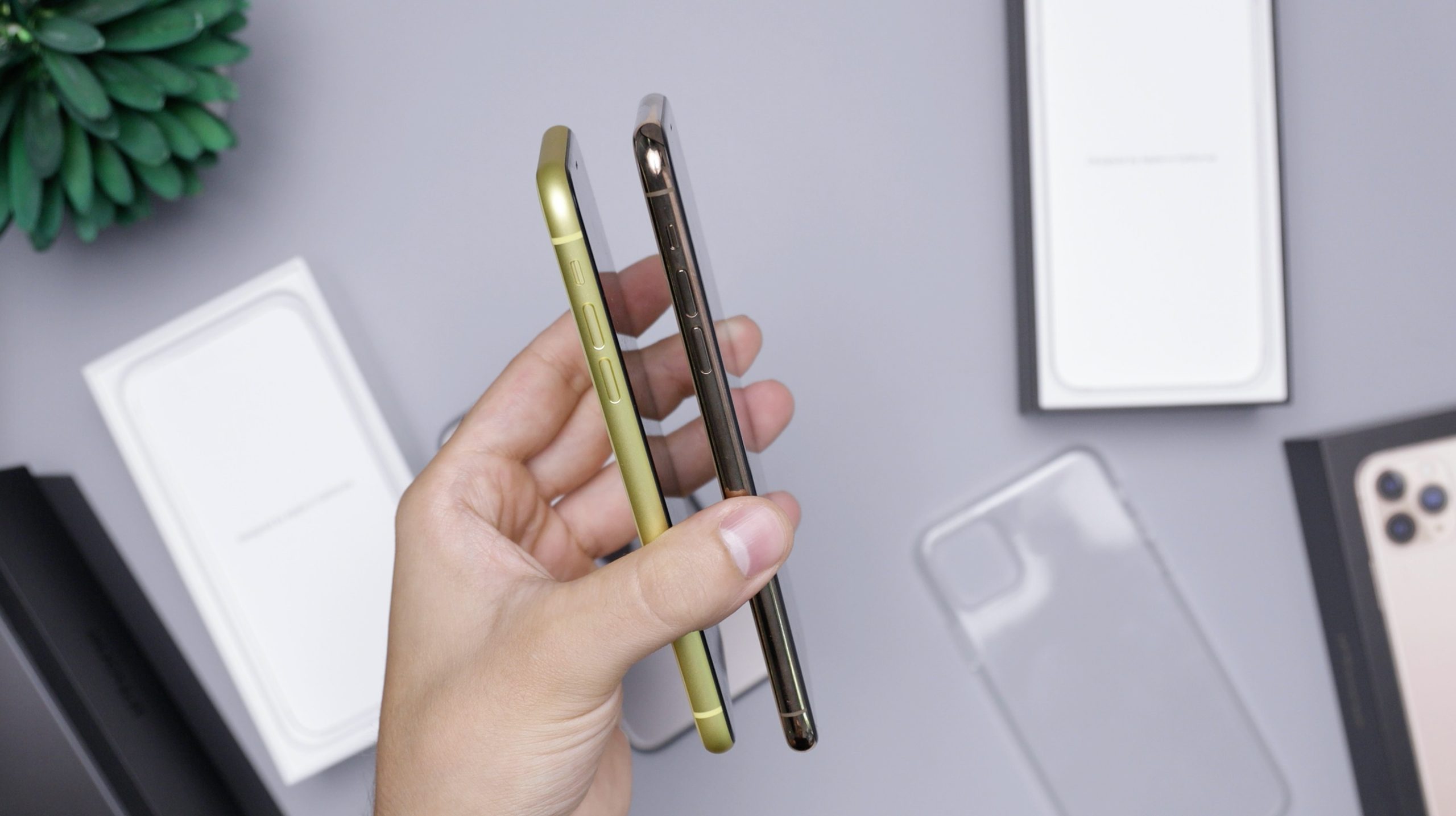Fiber internet is blazing fast, but if you’re coming from a traditional setup—like DSL or cable—you might be wondering: “What about my modem?” You’ve probably heard that fiber is different from other types of internet, but what does that mean for your home equipment? Do you need to keep that modem plugged in, or is it time for an upgrade? Let’s clear up the confusion once and for all.
What Makes Fiber Internet Different?
Unlike traditional internet services, which use electrical signals to transmit data over copper cables, fiber optic internet uses light to send information through tiny strands of glass. This might sound futuristic, but it’s already in thousands of homes across the country. The result? Speeds that can reach up to 1 gigabit per second or more, with lower latency and more reliability.
Now, this technology shift changes the game in terms of how your home setup works. With fiber, the way data gets into your house is completely different from DSL or cable. And that’s where the modem confusion starts.
Do You Really Need a Modem?
The short answer? No.
Here’s the thing: fiber optic internet doesn’t require a traditional modem to function. When you had DSL or cable, the modem’s job was to translate the incoming signal from the provider into something your devices at home could understand. With fiber, there’s no signal translation needed in the same way. Infinium is a great resource to find out more about this.
What you need for fiber is an Optical Network Terminal (ONT). It might sound fancy, but it’s simply a small device that connects the fiber optic line to your home network. The ONT does what a modem would do for other types of internet—it converts light signals from the fiber line into digital signals your devices can use.
What Is an ONT and How Does It Work?
Think of an ONT as the “modem” for fiber, though it’s technically not the same thing. The ONT is installed inside or outside your home where the fiber cable enters. The fiber service provider will usually handle the installation of this device. Here’s how it works:
- Fiber connection – The ONT links directly to the fiber optic cable coming into your home.
- Digital conversion – The ONT converts the optical signal into a usable format, like Ethernet, so it can send data to your router or computer.
- Power supply – Most ONTs need a power supply to operate, so make sure it’s placed near an outlet.
Once you have an ONT, it’s connected to your router, and from there, your home devices can hop on Wi-Fi or Ethernet.
What You Need for Fiber Internet at Home
So, now that you know a modem isn’t necessary, you might wonder what is essential for setting up fiber internet in your home. Here’s a quick breakdown:
- ONT – This device connects your home to the fiber network. Your internet provider will typically install it for you.
- Router – You still need a router to create a Wi-Fi network in your home. The ONT connects to the router via an Ethernet cable, just like it would with a traditional modem.
- Ethernet cables – These are essential if you want to wire devices directly to your router for a stronger connection. While Wi-Fi is convenient, a wired connection is ideal for devices like gaming consoles, smart TVs, or desktop computers.
Choosing the Right Router for Fiber
One thing to remember is that not all routers are created equal. With fiber speeds, your old router might not cut it. If you’re on a gigabit plan (or anything close), you’ll need a router capable of handling those speeds without creating a bottleneck.
Look for a router that supports at least Gigabit Ethernet. You’ll also want it to be dual-band, offering both 2.4GHz and 5GHz Wi-Fi bands for optimal speed and range. A router with Wi-Fi 6 technology is another great option for future-proofing your network, especially if you have a lot of connected devices.
What About Fiber Modem/Router Combos?
You might see fiber internet providers offering a modem/router combo unit, and that can add to the confusion. Even though these devices are often called “modem/router combos,” they usually just include the ONT functionality built in along with Wi-Fi capabilities. Essentially, it’s an all-in-one device to simplify your setup.
This option is convenient, especially if you don’t want to deal with multiple boxes or cables. However, you might still prefer to use your own separate router for more control over your network, particularly if you need advanced features or better performance.
Wrapping It Up: The Fiber Setup You Actually Need
When switching to fiber internet, leave the old modem behind. All you need is an ONT, a solid router, and some good Ethernet cables for wired connections. Fiber is fast, reliable, and simpler to set up than you might think. You won’t miss the modem once your home network is running on light-speed data.
If you’re about to make the jump to fiber, ask your provider what equipment they include and whether they recommend a specific router for their service. That way, you’ll be ready to enjoy all the benefits of fiber without any unnecessary tech cluttering up your space.
In the end, it’s all about enjoying a fast, reliable connection without the complications. No modem, no problem! Just pure speed at your fingertips.







